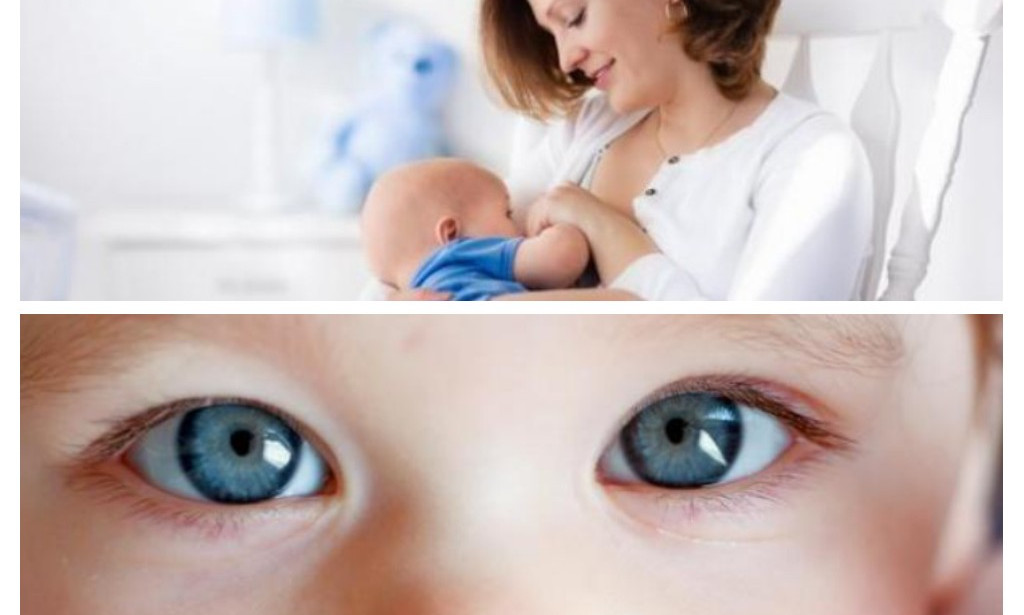Babies begin to speak between 18 and 24 months and until then, understanding how they perceive the world that revolves around them is a challenge that the Baby Laboratory at the University of Sussex (England) set out to decipher through the Rainbow Project.
The project , funded by the European Research Council and led by Professor Anna Franklin, has succeeded in deciphering how babies see the colors around them and, contrary to what some believed, they do not see in black and white. Franklin is also developing initiatives that are still in its infancy to discover why children with autism have obsessions with certain colors.

For a baby the world changes rapidly, almost at the same speed at which we see them grow. When they are born they see everything blurry, with a visual acuity of 5% in relation to that of adults . Stereoscopic vision is not yet within their reach,
in addition to being unable to perceive depth of field. That is, they see everything in two dimensions. Interestingly, after several months of life, they discern faces at a distance of 30cm, the approximate distance between the chest and the woman's face.
That we can see the world in color is thanks to specialized cells in the retina, known as cones , which exist in three forms. Even though babies are born with all three types of cones, it takes time for the cones to mature and for the brain to understand the signals it receives.

Nice
You must be logged in to post a comment.